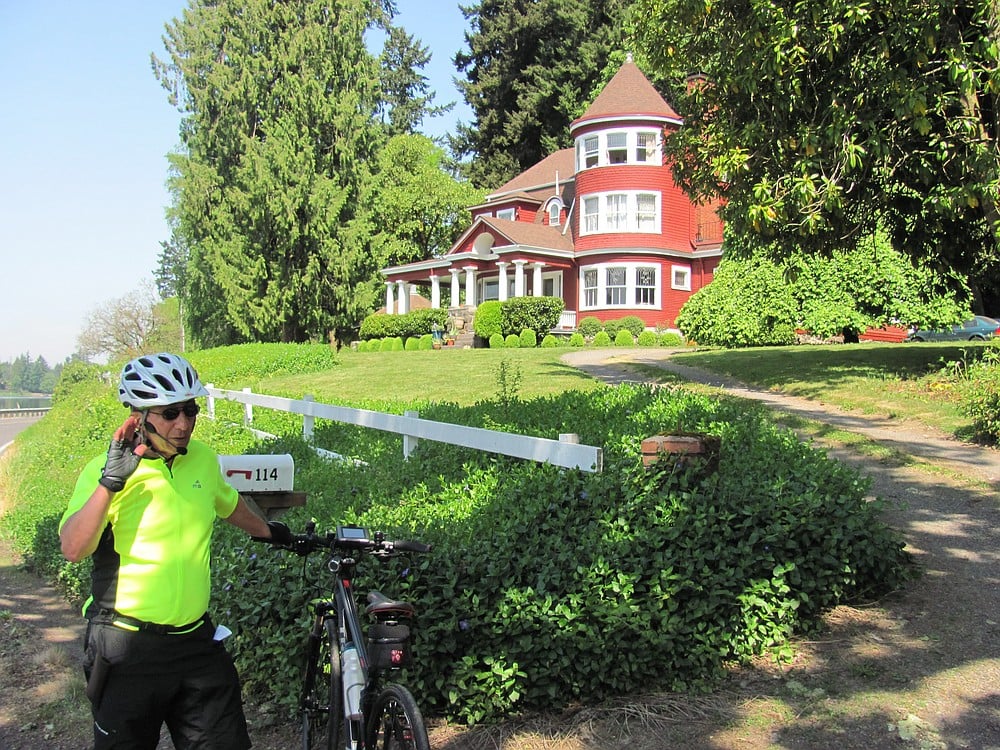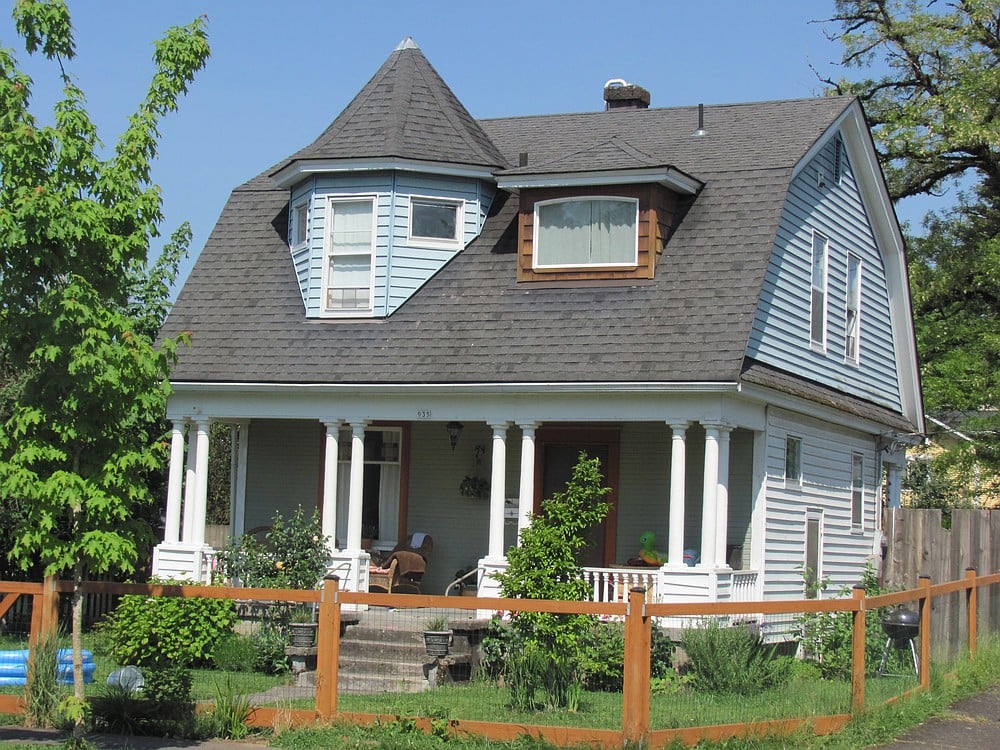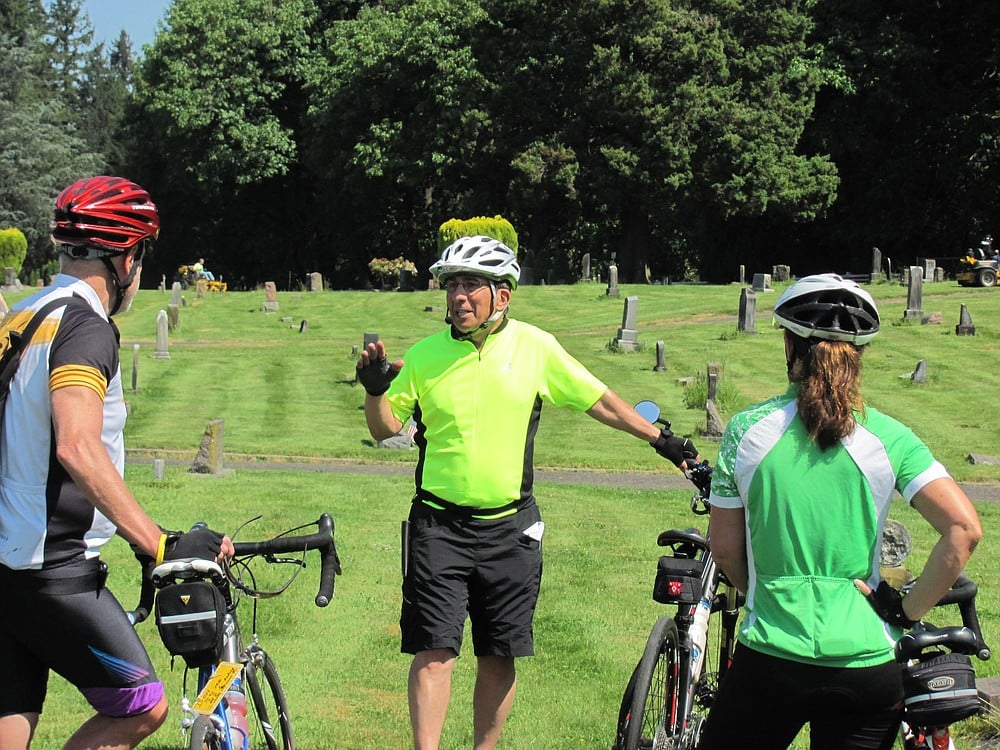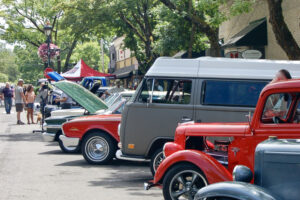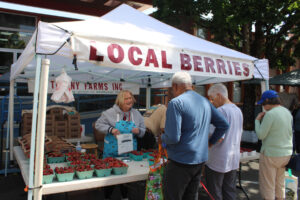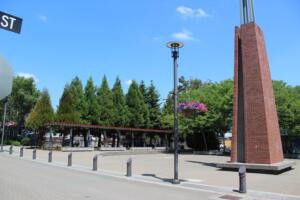“I’m going to get paid to ride my bike!” That was the first thought when my editor suggested profiling local history rides for a feature article.
Anyone who knows me well understands I have a passion for exercise, and I’m also intrigued by most anything historical.


